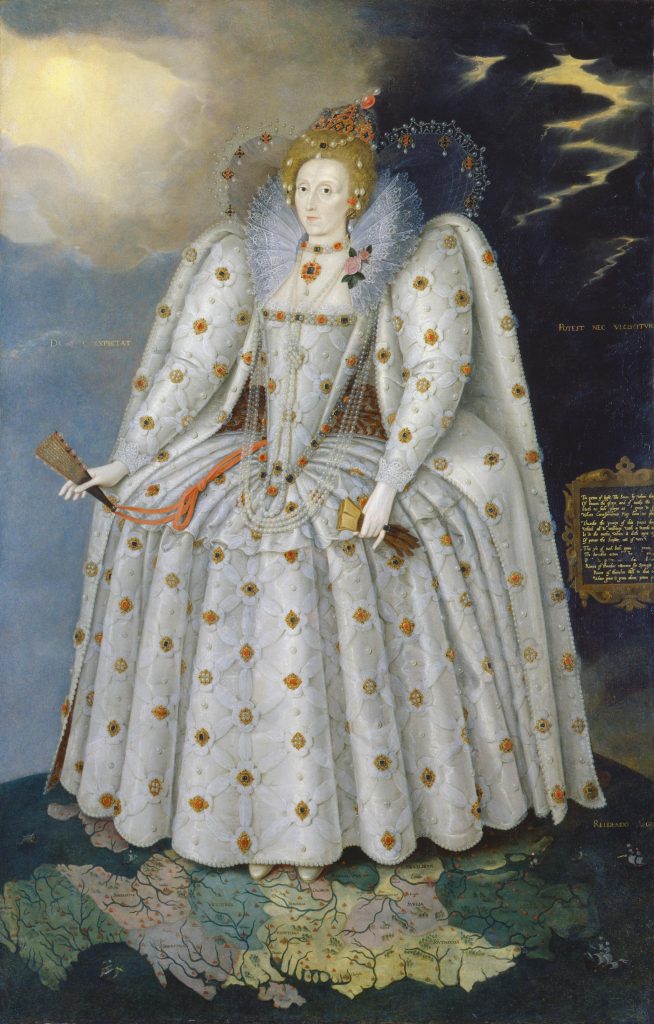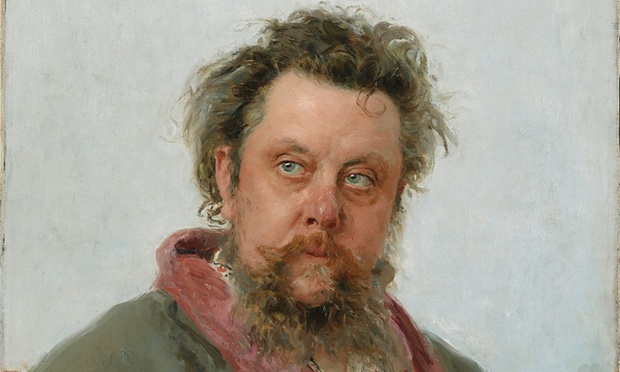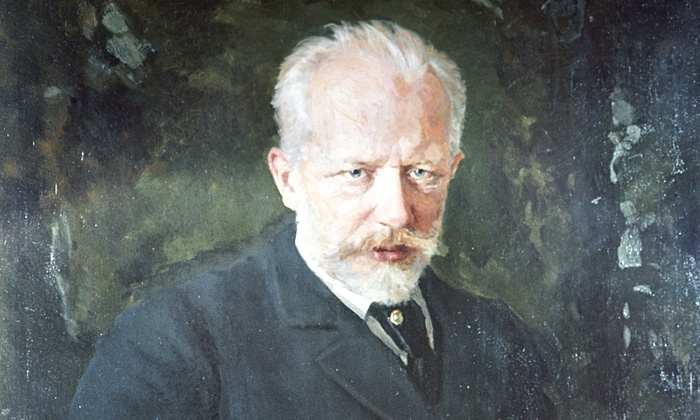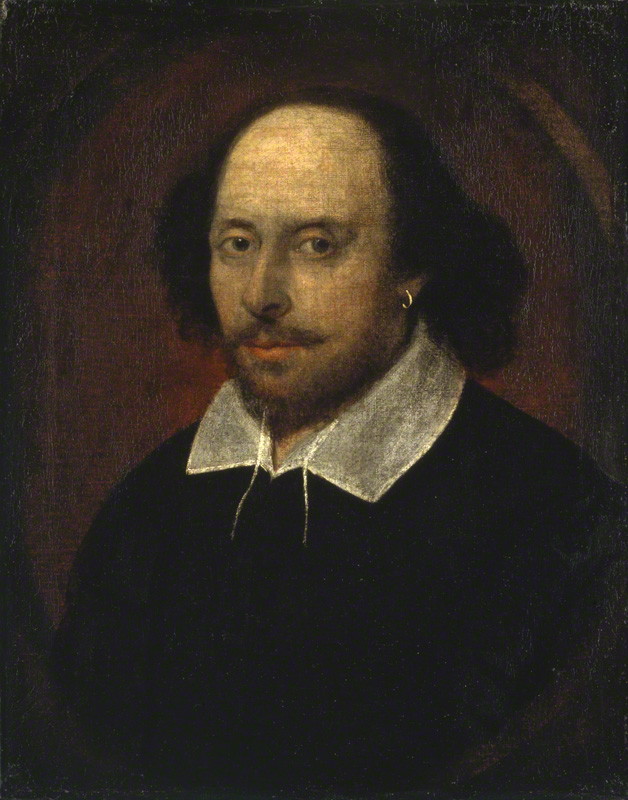Art & Exhibitions
U.K. and Russia to Swap Portrait Masterpieces in Major Cultural Exchange
The deal marks a new chapter in the history of cultural cooperation between the two countries.

The deal marks a new chapter in the history of cultural cooperation between the two countries.

Henri Neuendorf

Russia and the U.K. are embarking on an unprecedented cultural exchange whereby London’s National Portrait Gallery and Moscow’s State Tretyakov Gallery will swap some of their most precious portraits.
Marking the 160th anniversary of both museums, the State Tretyakov Gallery will send portraits of important Russian cultural figures—including Leo Tolstoy, Pyotr Ilyich Tchaikovsky, and Modest Mussorgsky—to London, while the National Portrait Gallery (NPG) will send paintings of William Shakespeare, Mary Wollstonecraft, and Thomas Carlyle to Moscow.
“These two exhibitions in London and Moscow form an important cultural exchange for both institutions,” Nicholas Cullinan, director of the National Portrait Gallery in London, said in statement. The exhibition “Russia and the Arts: The Age of Tolstoy and Tchaikovsky” will open at the London museum on March 17, 2016.

Ilya Repin Portrait of Modest Mussorgsky (1881), detail. Collection of the Tretyakov Gallery, Moscow.
Zelfira Tregulova, director of the the State Tretyakov Gallery, added that the deal marks “the start of a bright new chapter in the history of cultural cooperation between our two countries.”
The significance of the exchange is exemplified by the quality of the artworks involved in the swap. Vasily Perov’s painting of Fyodor Mikhailovich Dostoyevsky is the only portrait of the writer and is considered a Russian national treasure. The painting is almost never sent out on loan, and was last shown publicly in Britain in 1959. “It is the sort of picture that every single Russian schoolchild knows,” Rosalind Blakesley, curator of the London exhibition, told the Guardian.

Nikolai Dmitriyevich Kuznetsov Portrait of Tchaikovsky (1893), detail. Collection of the Tretyakov Gallery, Moscow.
The curators at the National Portrait Gallery have chosen to highlight paintings from one of Russia’s most important cultural eras, around 50 years before the 1917 revolution. Whilst writers such as Dostoyevsky and Tolstoy and composers such as Tchaikovsky are well-known in the west, painters such as Ilya Repin, Mikhail Vrubel, and Alexander Serov are often overlooked due to the popularity of the Russian avant-garde painters such as Kazimir Malevich and Wassily Kandinsky.
Manwhile, the State Tretyakov’s curators have chosen to borrow a broader selection of portraits from British history, including portraits of Charles Dickens, Isaac Newton, and Charles Darwin.

Attributed to John Taylor William Shakespeare (ca. 1610). Collection of the National Portrait Gallery, London.
Muscovites can look forward to seeing British masterpieces including the iconic Chandos portrait of Shakespeare—attributed to John Taylor, and actually the NPG’s first acquisition back in 1856—the “Ditchley portrait” of Elizabeth I, by Marcus Gheeraerts the Younger, and Joshua Reynolds’ self portrait as a young man.
According to Blakesley, Russians have a strong interest in British culture. There have been several cultural exchanges between the two nations of late, although none have been as significant as this agreement.
Some recent exchanges include a loan of Scottish designer Charles Rennie Mackintosh’s work from Glasgow’s School of Art to Moscow’s Kremlin Museum in September 2014, the British Museum’s controversial loan of the Greek Elgin Marbles to Russia’s State Hermitage Museum in December 2014, and the loan of a collection of Wedgwood China from Liverpool’s Lady Lever Art Gallery to Moscow’s All-Russian Museum of Decorative, Applied and Folk Art in January 2015.